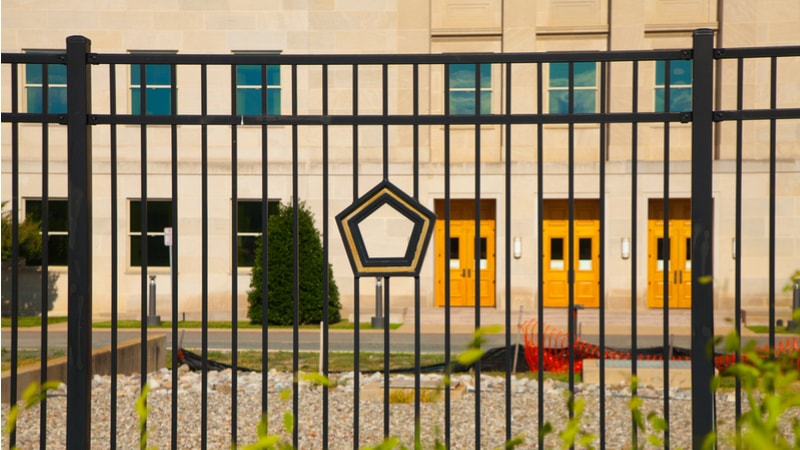
The Pentagon is preparing to re-compete its Advana enterprise data and analytics platform, transitioning from its current contracting vehicle to a new model, with plans for a 10-year, multi-vendor contract worth up to $15 billion, Chief Digital and Artificial Intelligence Officer (CDAO) Radha Plumb announced during an industry day event on Wednesday.
“[The] journey and the growth of the platform has been truly remarkable and is a testament to the Department’s rapid digital transformation. Rooted in these successes but with many lessons learned, we are now evolving Advana,” Plumb said. “Everything from the scope to the technical architecture to the acquisition approach to meet the needs of the future,” she said.
DoD launched Advana in 2021 to enhance decision-making across the department by integrating data from various sources to improve efficiency. Booz Allen Hamilton secured a five-year, $674 million contract in June 2021 to support further development of Advana.
But after years of the single-vendor approach for Advana, DoD plans to broaden access to Advana by including small businesses and non-traditional contractors.
“We are moving from a single award contract to a multiple award IDIQ contract that will be open to a wide range of potential vendors,” Plumb said. “This 10-year, $15 billion dollar ceiling IDIQ will be the largest data and AI government acquisition action in history and will be open for customers across DoD.”
The Advancing AI Multiple Award Contract (AAMAC) will help scale the department’s data backbone and bring in new digital tools to meet more varied needs from a wider population of DoD users, encourage vendor diversity and partnerships, and drive innovation and mission delivery at scale.
Additionally, the department plans to execute a series of technical enhancements – dubbed Advana 1.2 – to ensure “more explicit government stewardship of the platform,” including improved pathways for integration and government-owned environment for development.
“This will allow us to accelerate the addition of new software capabilities and allow the Advana data infrastructure to be more easily interoperable with other platforms,” Plumb said.
Plumb also emphasized that the department’s plan for Advana will “set the foundation for transformative investments into data and AI across the DoD enterprise to make real this Open DAGIR construct.”
CDAO’s broader initiative, Open DAGIR, aims to overhaul Pentagon AI across all levels, from administrative functions to battlefield operations. According to Plumb, at the heart of the Open DAGIR approach is a common foundation to enable broad data access and interoperability in tools.
“This allows data that is ingested and enriched by one set of tools to be used in another tool set,” Plumb said. “In other words, every platform, tool, and application within the Open DAGIR ecosystem will need to meet a common baseline set of requirements for interoperability and, where possible, integration.
The goal of Open DAGIR and the upcoming AAMAC is to establish consistent tools and processes that align technology solutions with resources and acquisition pathways, enabling effective delivery of solutions to DoD users.
Plumb did not provide further details on how the overall acquisition process will unfold or the number of vendors that may be involved. But a spokesperson from the DoD confirmed that the CDAO “anticipate releasing further information as the effort moves forward.”
